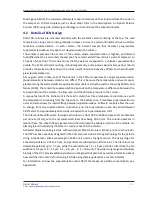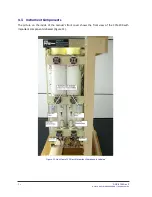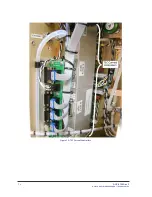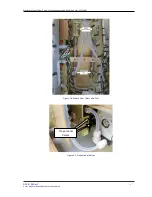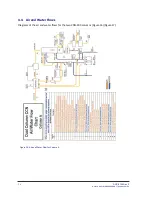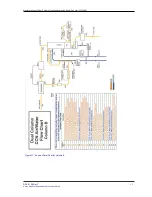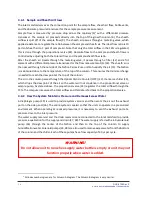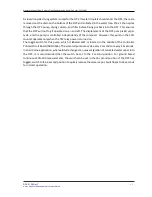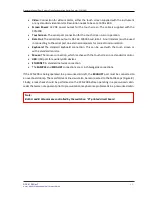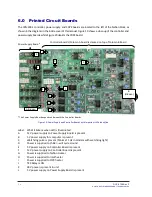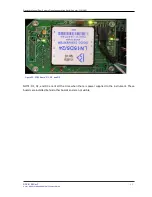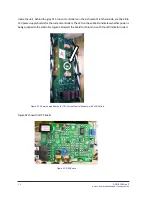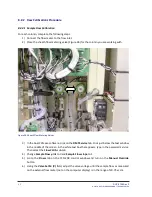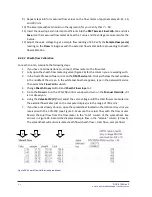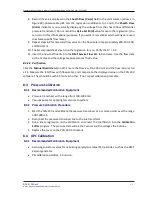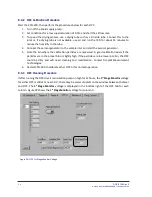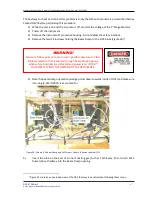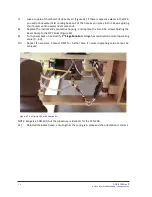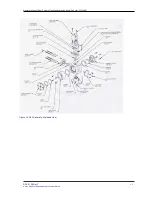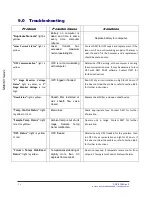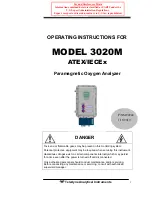
Operator Manual, Dual-Column Cloud Condensation Nuclei Counter (CCN-200)
DOC-0128 Rev F
3 7
© 2017 DROPLET MEASUREMENT TECHNOLOGIES
7.0
CCN Maintenance
Droplet Measurement recommends the following service and maintenance schedule for the Dual
Column CCN. The maintenance schedule is based on the continuous operation of the instrument and
may need to be modified for other operating conditions.
7.1
Every 2 Days / Before Every Flight
1)
Empty the water bottles. The water in these bottles is not hazardous since it has
only been exposed to ambient air, so it can be disposed of in any drain. Check area
for leakage.
2)
Check OPC water trap for any liquid removed from the OPC. If liquid is present,
empty the bottle.
3)
Check the bottom of case for any water leakage, as this would indicate leakage of
the liquid flow system.
4)
Refill the supply bottle with clean deionized or distilled water. This water can be procured at
a grocery store. However,
it is i
mportant that the water not be artesian water or any water
with added minerals
. The water consumption rate is as follows:
•
9.6 ml per hour when
Liquid Flow Set
(on
Flows
tab) is low
•
14.4 ml per hour when
Liquid Flow Set
is medium
•
36.0 ml per hour when
Liquid Flow Set
is high
5)
Make sure the caps on both bottles are
securely tightened
.
During aircraft operation, when
the vent lines are connected to the bottles, the air stream can become contaminated if the
caps are not tightened securely.
7.2
Every Month
1)
Check the filters on the air inlets at the right-hand side of the case. If filters are dirty, wash
and replace them.
2)
Check the calibration on sheath and sample airflows.
3)
Check the desiccant tubes (Figure 11) for the OPC dryer. On healthy desiccant tubes, the
indicator gel at the top should be a light blue, as shown in the CCN components diagram on
the inside cover of this manual. Pink gels indicate the tube needs to be replaced. Replace the
tube if necessary, replacing the filter and dryer unit at the same time.
7.3
Every Three Months
Replace the sheath airflow filter.
Note:
The sheath flow filter may need to be replaced more
frequently in high-concentration environments or if the filter is passing particles. Sheath flow filters
can be susceptible to leaks; see Appendix G:
Sheath flow filter testing and replacement
.

